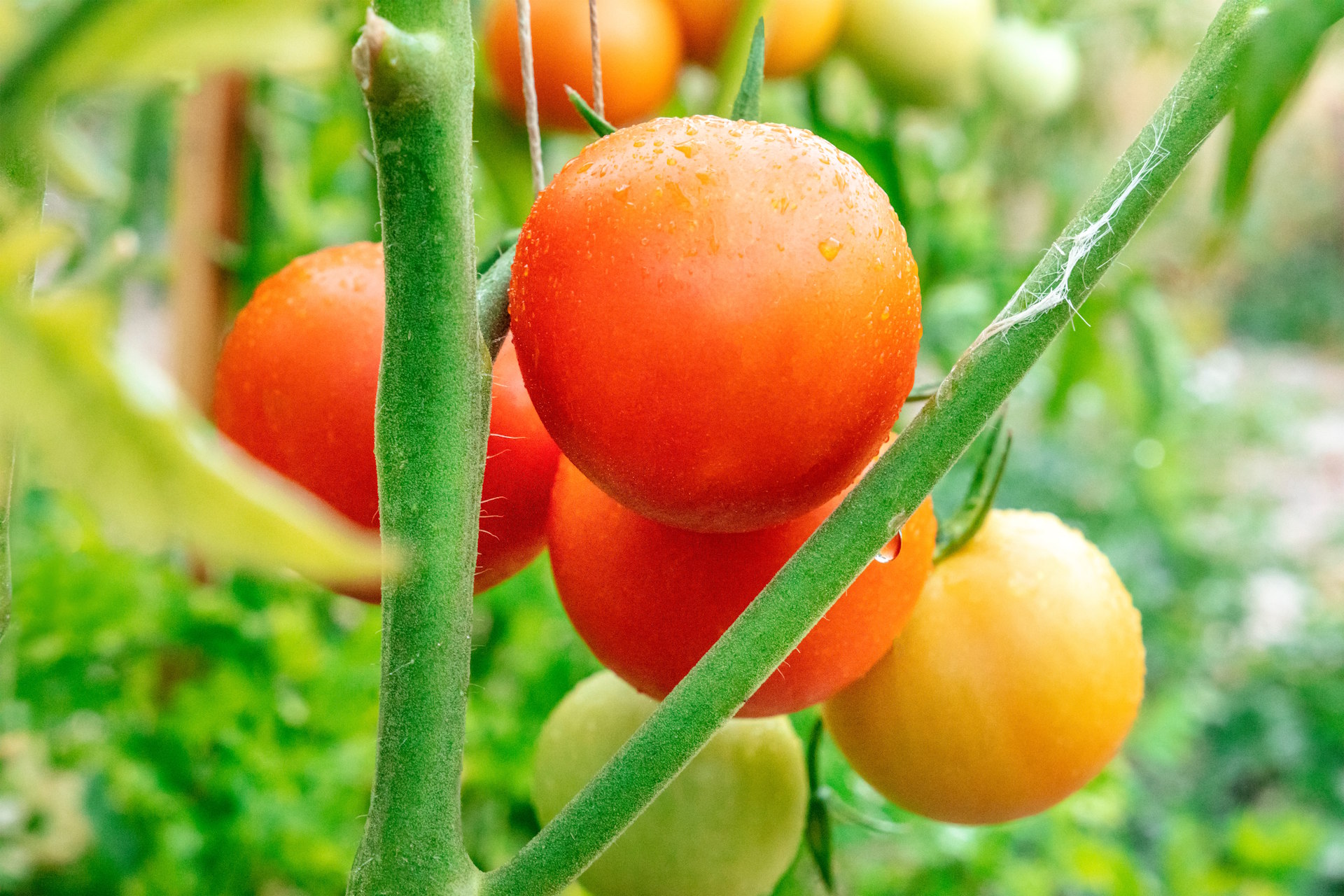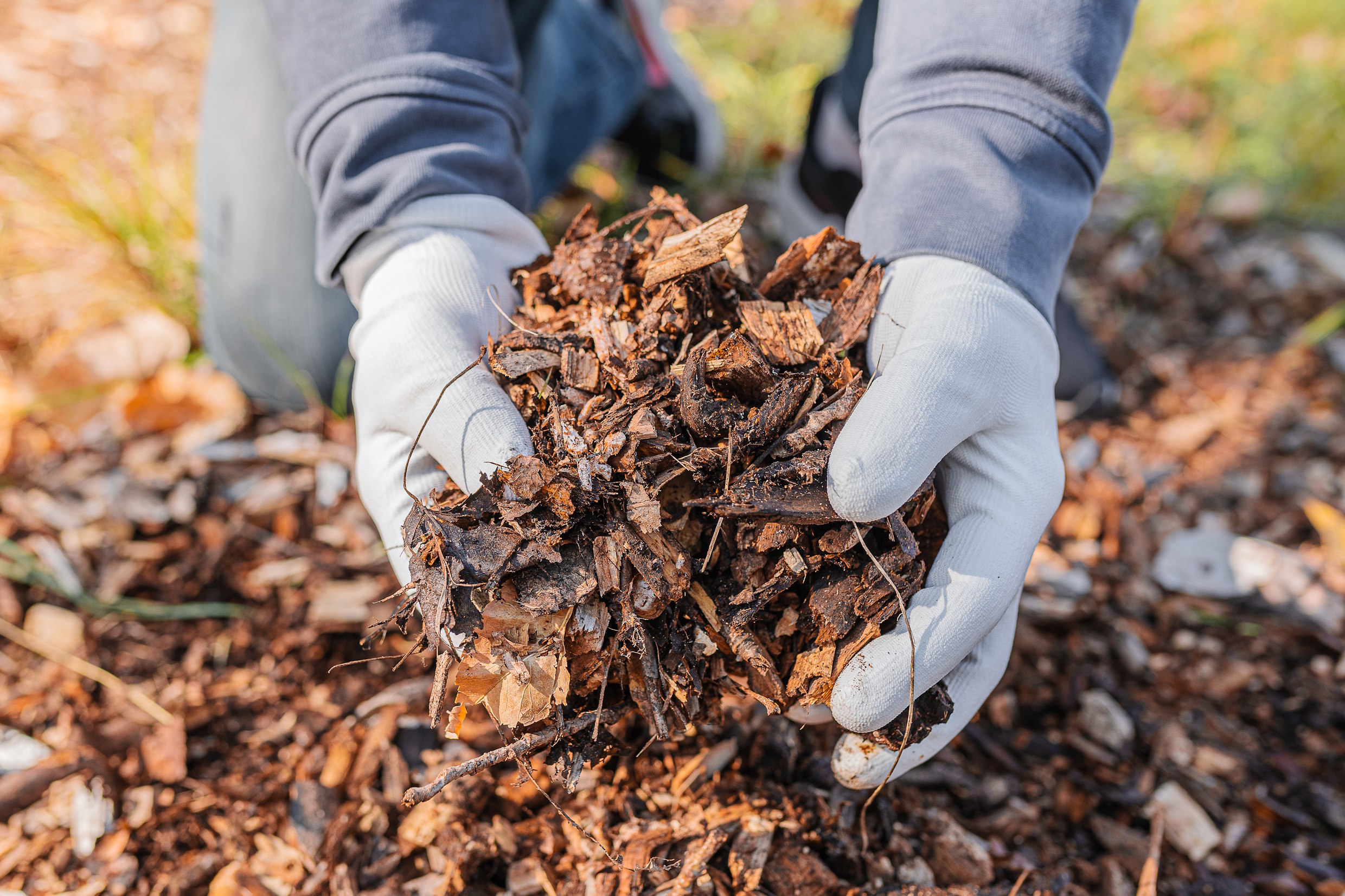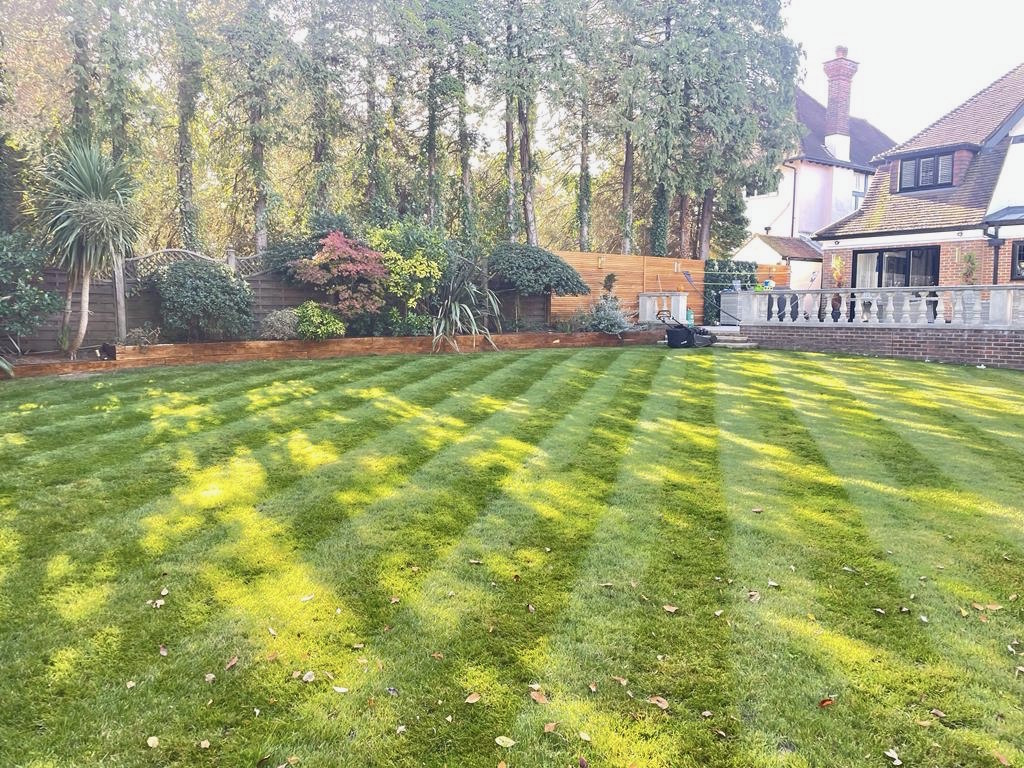As summer hits its stride, your vegetable garden will be basking in sunshine – but with high temperatures and dry spells comes a new challenge: keeping your crops hydrated and thriving without wasting water or time.
July is often the hottest month of the year, and if you’re growing fruit and vegetables, mastering your watering routine is essential to avoid stressed plants and disappointing yields.
Whether you’re growing tomatoes, courgettes, beans, or leafy greens, these summer watering tips will help you beat the heat and keep your garden productive all the way through the season.
1. Water Early or Late
The best time to water your vegetable garden is early in the morning or late in the evening, when the sun is low. During these cooler parts of the day, less water is lost to evaporation, and the soil has time to absorb moisture deeply.
Avoid watering in the middle of the day – especially during heatwaves – since much of the moisture will evaporate before it reaches plant roots, and droplets on leaves can even scorch in the intense sun.
2. Water Deeply, Not Daily
It’s tempting to give your plants a quick sprinkle every day, but shallow watering encourages shallow roots – leaving your vegetables more vulnerable to heat stress. Instead, aim to water less frequently but more thoroughly.
A deep soak encourages roots to grow down into the cooler soil layers, making plants more resilient during dry spells.
Top tip: Stick your finger into the soil – if it’s dry an inch or two below the surface, it’s time to water.
3. Mulch for Moisture Retention
One of the easiest ways to reduce water loss is by mulching. Add a layer of organic mulch around the base of your fruit and veg plants – this could be straw, compost, grass clippings, or even shredded newspaper. Mulch acts like a protective blanket, helping the soil retain moisture, reduce evaporation, and suppress weeds that would otherwise compete for water.
Bonus: It also keeps roots cooler, which is especially helpful in July heatwaves.
4. Know Your Plants’ Needs
Different crops have different water requirements, so understanding your plants is key. For example:
Tomatoes, cucumbers, and courgettes need consistent moisture, especially when fruiting. Erratic watering can lead to splitting or blossom end rot.
Carrots, onions, and garlic prefer drier conditions once established and can suffer if overwatered.
Salad leaves and leafy greens need regular water to avoid bitterness and bolting.
A tailored watering schedule will not only save water but also lead to healthier, better-tasting produce.
5. Use Soaker Hoses or Drip Irrigation
If you’re serious about efficient watering, consider installing soaker hoses or a drip irrigation system. These tools deliver water directly to the soil, reducing evaporation and ensuring that water reaches plant roots where it’s needed most.
Even a simple DIY setup using upcycled plastic bottles or old hosepipe can make a huge difference in how effectively your garden absorbs water during hot weather.
6. Water the Soil, Not the Leaves
When using a watering can or hose, always aim for the base of the plant rather than wetting the leaves. Wet foliage can encourage fungal diseases and wastes water through evaporation.
Pro tip: Use a watering can with a narrow spout or a hose with a trigger nozzle for better control and precision.
7. Collect and Reuse Rainwater
July might be hot, but even a short summer shower can be valuable. Installing a water butt or rain barrel lets you collect rainwater from your roof or shed, which can then be used in your veg patch. Not only is this an eco-friendly solution, but many plants actually prefer rainwater over treated tap water.
You can also reuse greywater from rinsing fruit, boiling veg, or cooling boiled water—as long as it doesn’t contain soaps or oils.
8. Group Thirsty Plants Together
Plan your garden layout so that crops with similar water needs are planted together. This makes it easier to give each section of your garden the right amount of attention. For example, keep thirsty crops like lettuce and spinach together in one bed, and group drought-tolerant plants like beans or herbs in another.
This method, known as hydrozoning, helps you conserve water and avoid over- or under-watering.
9. Watch for Signs of Drought Stress
Even with a solid watering routine, some plants may still suffer in extreme heat. Keep an eye out for:
Wilting or drooping leaves
Yellowing or browning edges
Stunted growth or flower/fruit drop
These signs suggest your plants are struggling, and may need more frequent or deeper watering. Quick intervention can save a crop from failure.
Final Thoughts
Keeping your fruit and vegetable garden healthy in July is all about working smarter, not harder. By watering deeply, mulching wisely, and timing your watering right, you’ll not only conserve water but also grow stronger, more productive plants that thrive in the summer sun.
Whether you’re a first-time veg grower or a seasoned gardener, these watering hacks will help you beat the heat and enjoy the fruits (and vegetables!) of your labour all season long.
Looking for more gardening tips?
Check out our full blog archive for seasonal advice, planting guides, and expert how-tos to help your garden flourish year-round.
Looking for help with garden maintenance during summer?
Whether you need regular upkeep, seasonal trimming, or a complete garden refresh, our team is here to help.Contact All Seasons Garden Maintenance today to book your slot before the summer rush!




